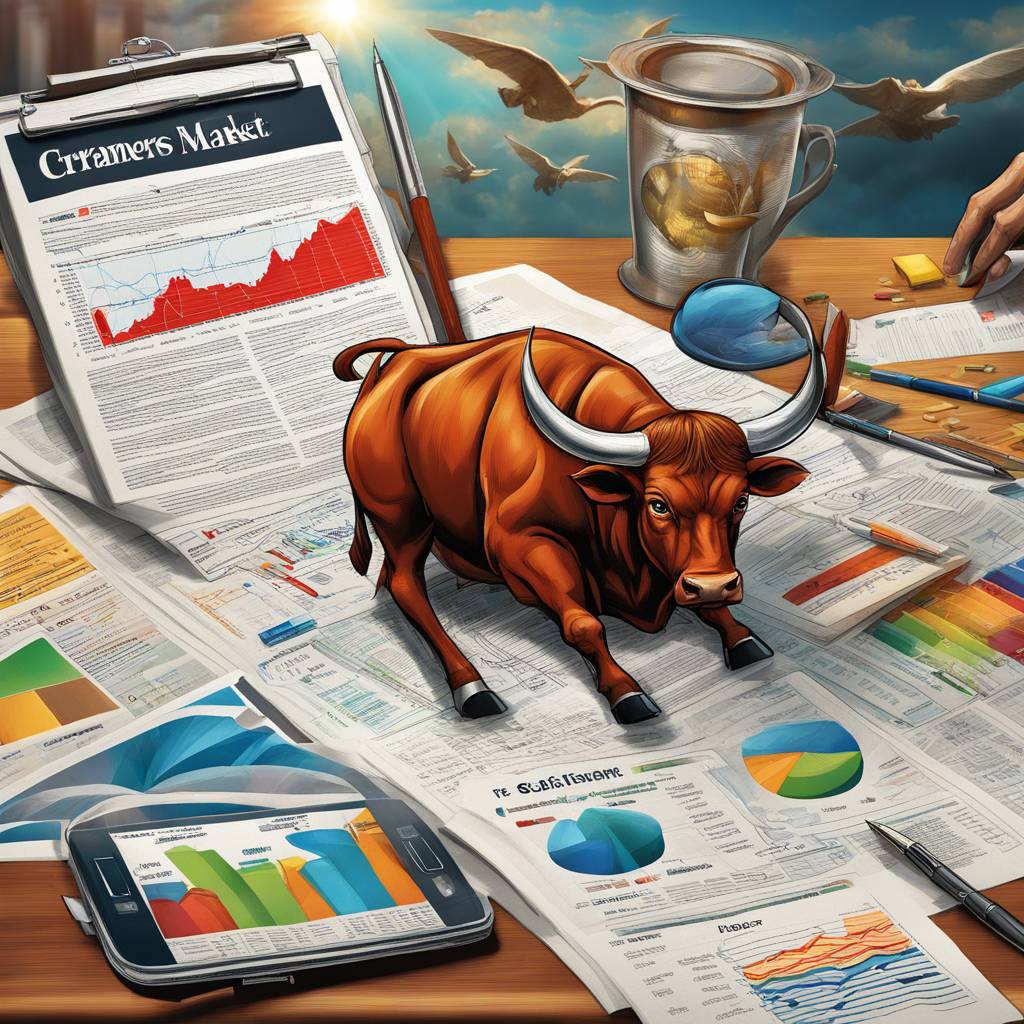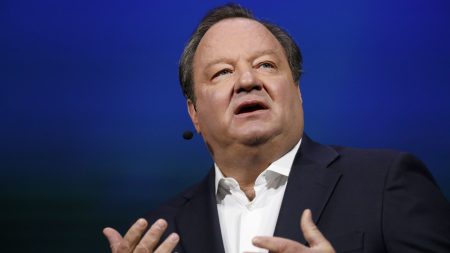At the beginning of the year, there was a debate around whether rate cuts were needed, with some suggesting as many as six cuts while others, like Jim Cramer, believed the economy was too strong to warrant such drastic measures. Cramer emphasized that while the economy was thriving, the lower-income demographic was struggling and might require assistance if unemployment were to increase. He cautioned against overreliance on the Federal Reserve to save the day, stressing the importance of focusing on the fundamentals of the economy, which he deemed to be strong for many industries. Cramer also expressed concern about speculative behaviors in certain stocks, advocating for a more cautious approach to buying and selling in the current market climate.
Fed Chief Jerome Powell was highlighted as taking a backseat in terms of making rate decisions unless a significant uptick in unemployment occurred. Cramer suggested that patience was key, especially with the Federal Reserve potentially cutting rates in the future if economic conditions worsened. He advised investors to be prepared to take advantage of buying opportunities during sell-offs rather than panic selling. Cramer’s investment strategy focused on owning stocks without engaging in short-selling or frequent trading, opting to wait for better buying levels without rushing into new investments while evaluating potential risks and rewards.
Cramer identified three key criteria for making investment decisions in the current market environment: a strong company, an undervalued stock price relative to the company’s value, and a slightly lower stock market to reduce risks. While acknowledging the impressive performance of some stocks in his portfolio, Cramer remained cautious and selective in identifying opportunities to initiate new positions. He cited the recent addition of Best Buy as an example of a trade that met his criteria for a compelling investment opportunity. Cramer emphasized the importance of thorough analysis and strategic decision-making to navigate the uncertainties of the market.
Subscribers to the CNBC Investing Club with Jim Cramer were offered trade alerts before Cramer executed trades in his charitable trust’s portfolio, with a waiting period of 45 minutes after issuing the alert. Cramer adhered to a 72-hour waiting period if he discussed a stock on CNBC TV before making a trade. The investing club’s information was subject to terms and conditions, privacy policy, and disclaimer, with no fiduciary obligations created through receiving information from the club. Cramer’s approach to investing and decision-making was rooted in a disciplined and strategic process that prioritized thorough analysis, patience, and adherence to predetermined criteria for making investment choices.
In conclusion, Cramer’s perspective on the market reflected a cautious yet opportunistic approach, emphasizing the importance of being prepared to capitalize on buying opportunities while managing risks effectively. He highlighted the significance of focusing on the fundamentals of the economy, staying patient in uncertain market conditions, and conducting thorough analysis before making investment decisions. Cramer’s disciplined investment strategy aimed to navigate market fluctuations and potential risks while seeking out attractive investment opportunities that met his criteria for value and potential growth. By staying true to his investment principles and maintaining a selective approach to buying and selling stocks, Cramer sought to optimize returns and mitigate potential losses in the dynamic and ever-changing market environment.















